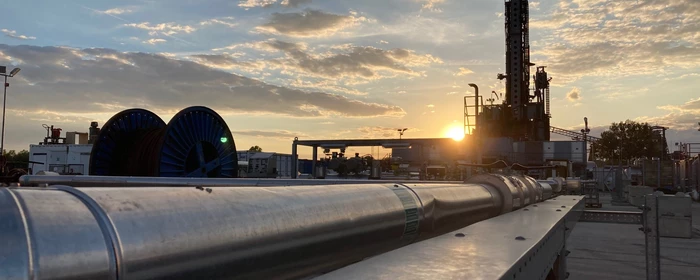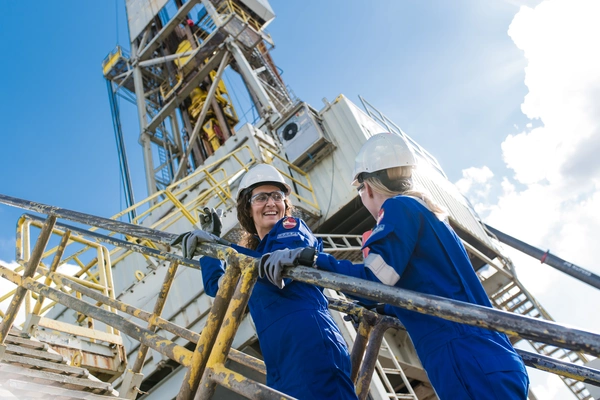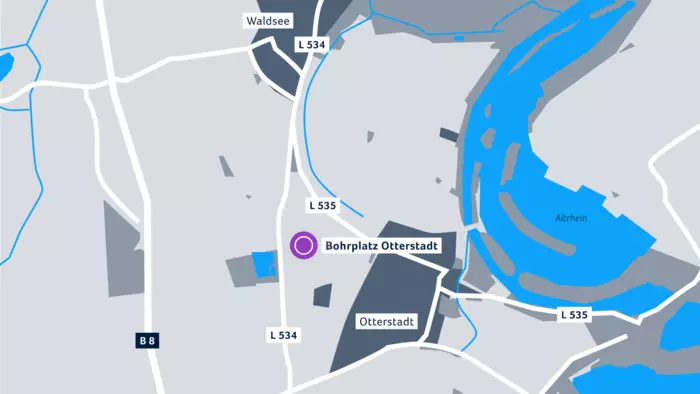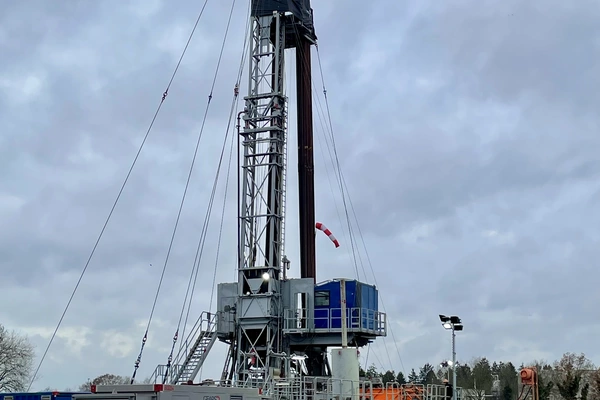In winter 2011/2012, the consortium of Neptune Energy and Palatina GeoCon carried out seismic measurements in the Otterstadt area. After the data from the so-called 3D seismic survey was analysed, indications emerged that there may be an oil deposit near Otterstadt. In order to investigate these indications, the consortium is planning to drill an appraisal well on a plot of land in the Otterstadt district on the L 534 towards Waldsee.
Current status: Submission of application documents
The natural resources that oil and gas producers in Germany produce every day belong to the respective federal state. The companies submit an application for exploration or extraction of the raw materials to the responsible mining authorities and are granted the right to do so. The permit is accompanied by the obligation to produce the crude oil or natural gas in accordance with the mining permit and the approved work programme. The companies pay royalties for the extraction of the raw materials.
The State Office for Geology and Mining (LGB), based in Mainz, authorises and monitors all activities in our fields in Rhineland-Palatinate. In order to be able to explore for raw materials at all, a licence must first be issued. This licence gives us the right to search for raw materials within a limited field. This also includes an appraisal well. In order to be able to produce on a permanent basis, a licence must be applied for and granted.
Separate licences are required for each specific step, such as the construction of a well or the establishment of an operation. So-called operating plans are drawn up for this purpose, which must be reviewed by the licensing authority. In all of these procedures, the state office involves various specialised authorities, cities and municipalities as well as public interest groups. In particular, environmental and nature conservation concerns are taken into account.
The responsible LGB approved the main operating plan for the project in 2022. The next steps in the approval process are the applications for the construction of the well site and for the well.
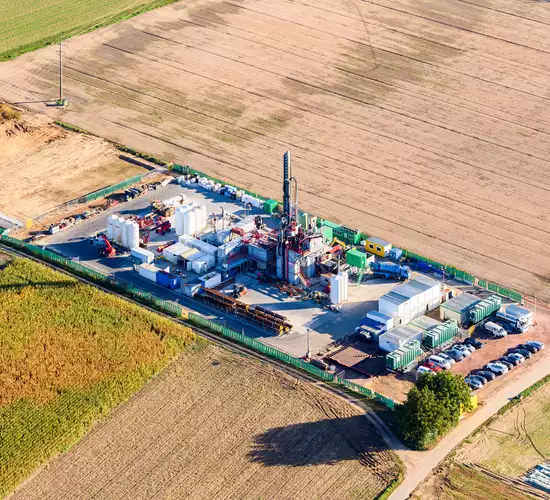
Start drilling site construction
Once all the necessary permits have been obtained, a well site is built first. This is a sealed area about the size of a football pitch so that contamination of the soil can be ruled out. In a second step, a deep drilling rig is then set up on this site for a period of around three months. The target horizon of the underground well is the red sandstone. The well is expected to reach its target at a vertical depth of around 2,800 metres. State-of-the-art technology will be used for drilling. We rely on the possibility of drilling with an inclined path. This method allows wells in deep underground to be deflected horizontally over several hundred metres. Only after the appraisal well has been drilled can it be assessed whether crude oil is actually present and can be extracted economically.
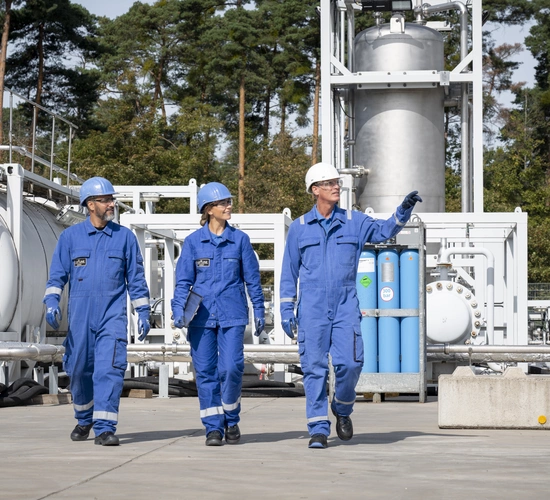
Possible test operation after discovery
After the drilling phase, the drilling rig is dismantled and the well is securely sealed with a so-called eruption cross. If the well is not found, plugging and abandonment follows. If the well is found, a temporary test rig is installed on the site, which operates almost silently. A test rig will then be installed to obtain initial findings from the reservoir.
